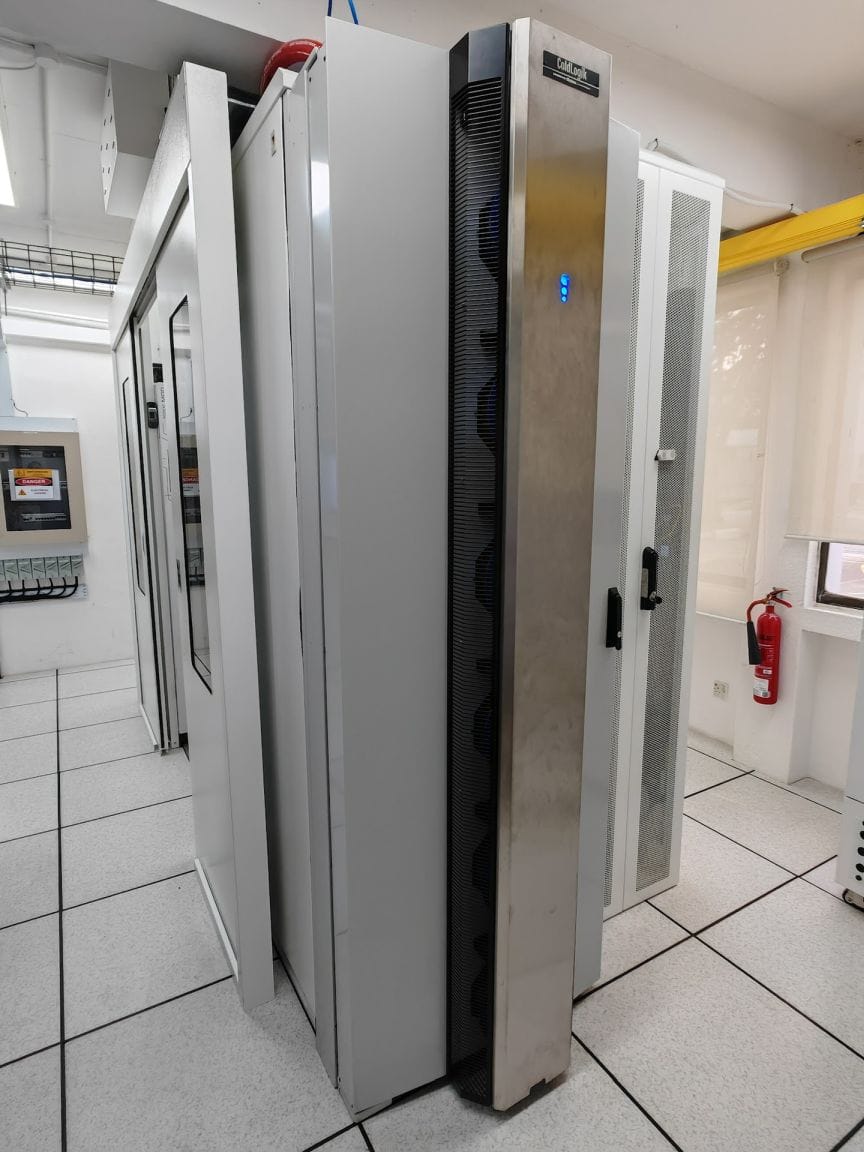A closer look at Legrand's rear door cooler
This rear door cooler is an energy-efficient solution we can deploy today.
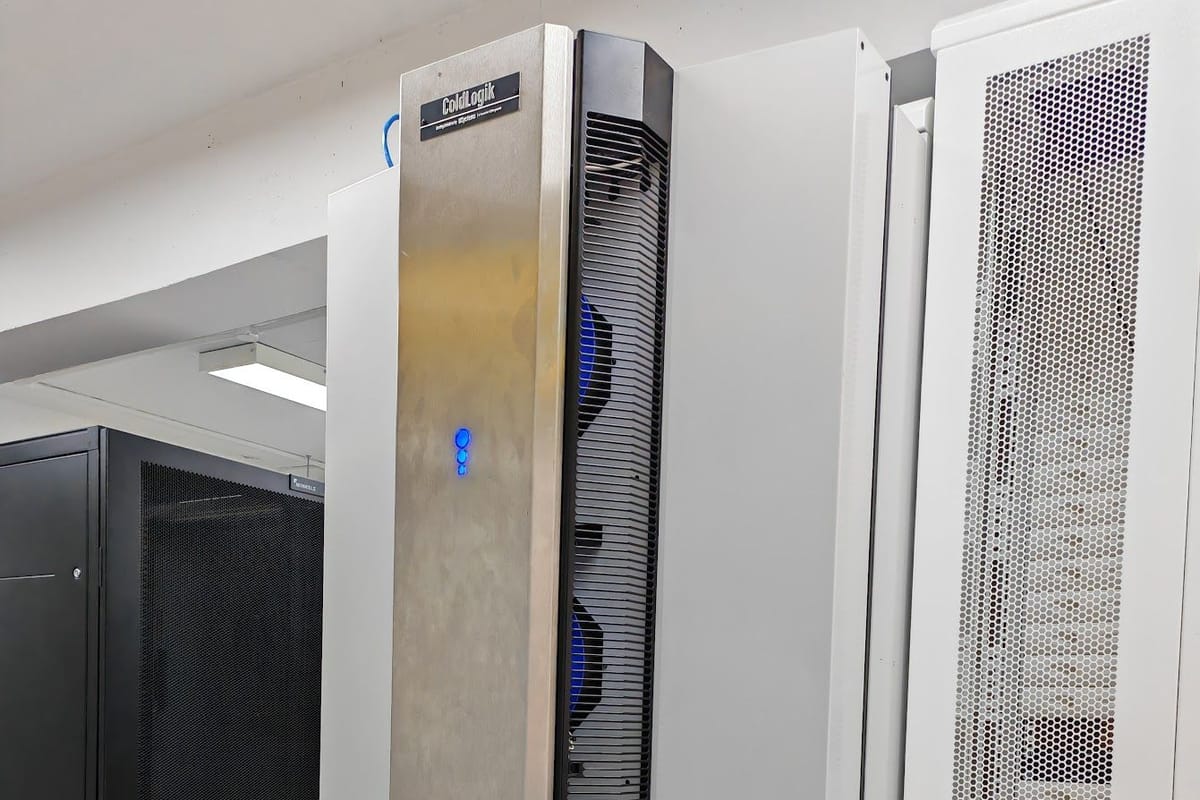
This rear door cooler might be the optimal "drop-in" solution for many existing or new data centres.
Yesterday, I wrote about the growing role of liquid cooling in data centres. Some chimed in with the observation that liquid cooling is hardly new.
That's true. Yet the problem remains that implementing liquid cooling in existing data centre takes quite a bit of work.
But what if there's a relatively simple way to roll out liquid cooling?
Liquid cooling with RDC
I've previously considered rear door coolers (RDC) to be a poorer choice than immersion and direct-to-chip (DTC) cooling.
But what if a RDC can support 90kW racks? That was what I discovered when I visited Legrand Singapore at their regional headquarters in Jurong a few weeks ago.
In context, this is enough to support 5x Nvidia DGX H100 servers at ~50kW. That's 40 units of Nvidia's current top-end H100 GPU.
Suddenly, RDC looks a lot more attractive:
- Can be rapidly deployed.
- Substantial power savings.
- Retrofit to existing cabinets.
- No extra room-level cooling needed.
So no massive, messy data centre retrofit required. Of course, you will need to pipe chilled water to each RDC.
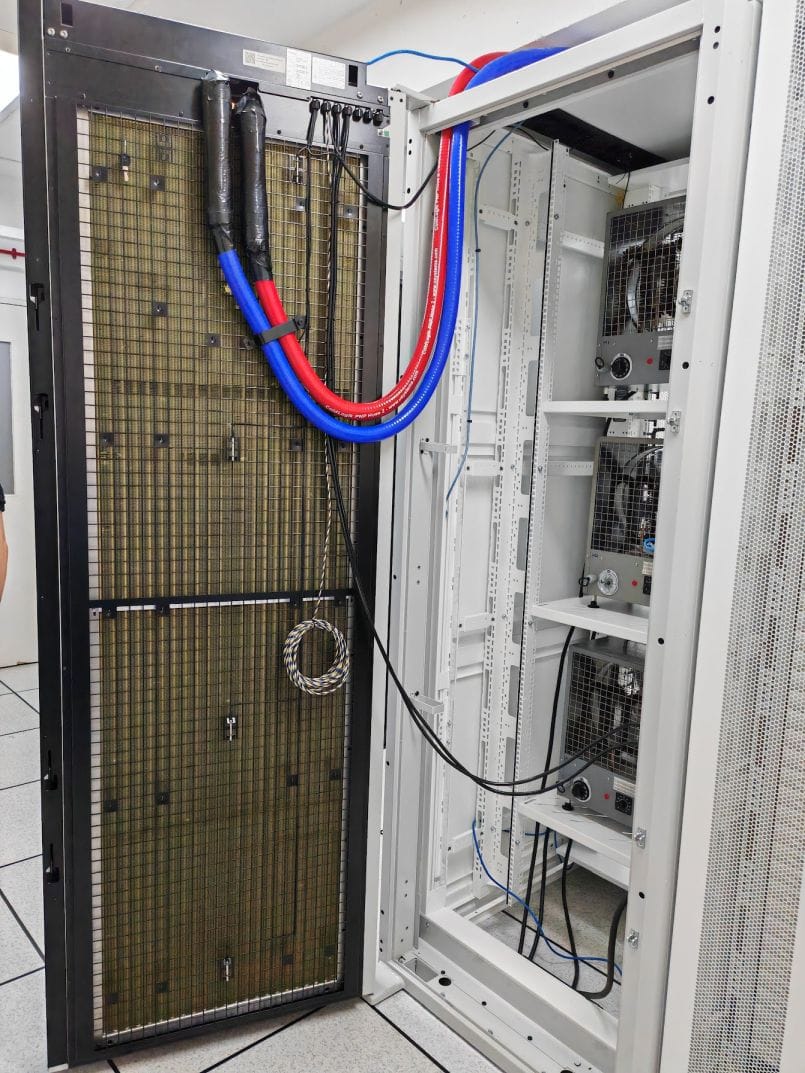
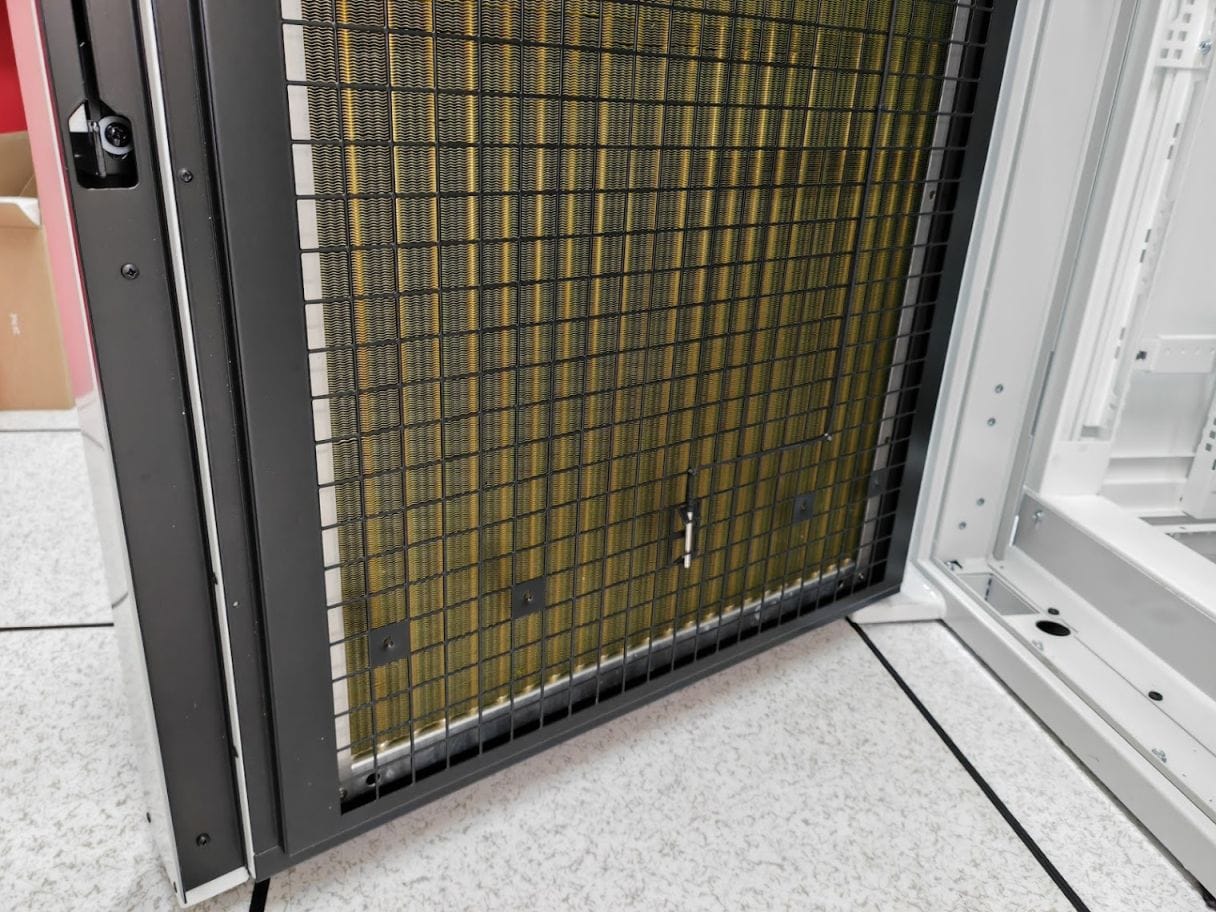
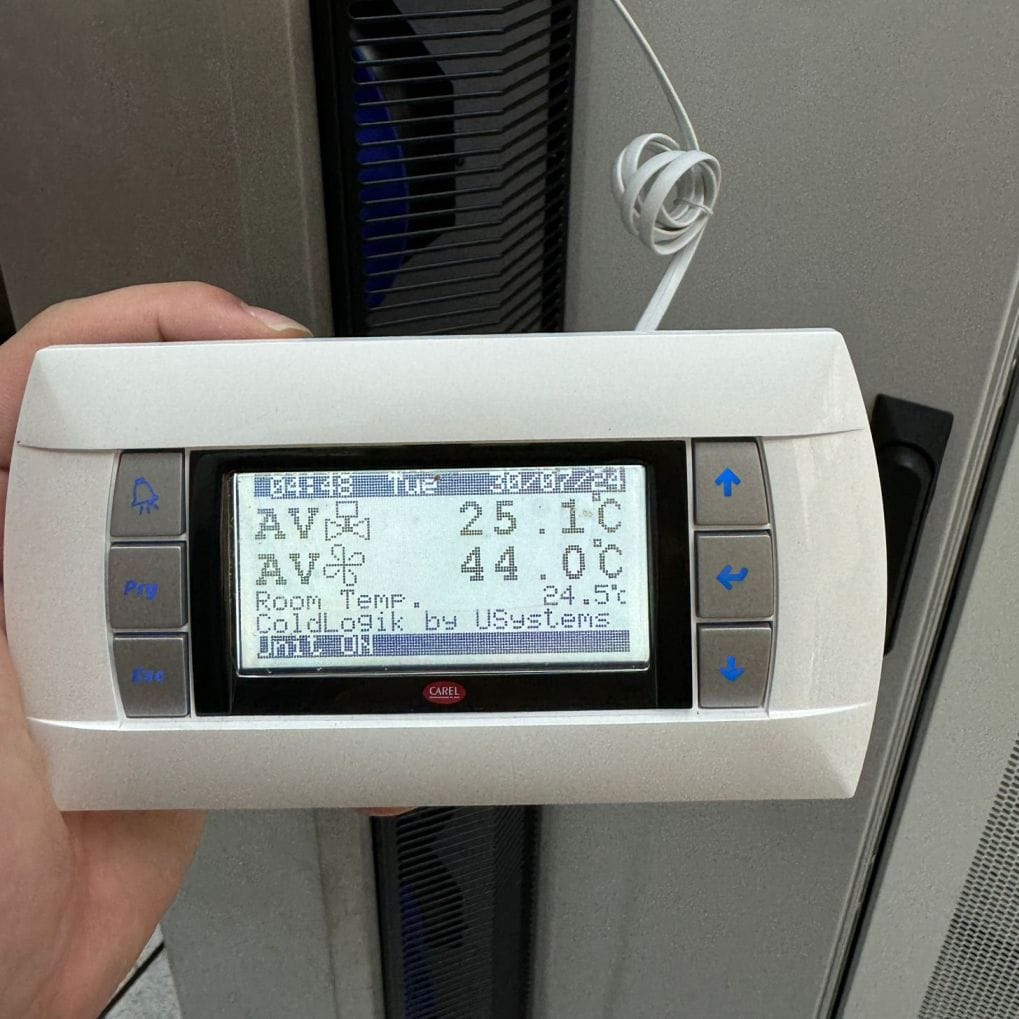
Caption (From Left to Right): CL20 with chilled water inlet (and outlet), closer look at the fins, CL20's controller showing various temperatures.
Legrand's RDC solution
Legrand showed me their CL20 active rear door cooling system - a simplistic explanation is that of an air-con attached to the back of the rack.
A customised "interface frame" fits it to existing racks, so no need to replace them. The frame also bears the weight of the RDC and will work with raised floors.
Under the hood (or behind the door), it:
- Uses standard EC fans.
- Supports up to 93kW*.
- Plugs into CDU or chiller.
- Can manage room temperature.
The last point took me a bit to understand. Turns out it's possible to deploy the CL20 every 2 or 3 racks for lower-density workloads – and reduce CAPEX.
*Another model can do >150kW.
Tell me more
You can probably tell I like it.
- Simple design: The CL20 takes in chilled water which cools the patented fins. Fans pull hot air through the fins and out into the data centre.
- Variable density: In my mind, this is ideal for workloads that are highly variable or expected to change over time.
- I'm cool, ma: The CL20 can be set to expel air at the room temperature. So theoretically, you don't even need room-level cooling!
Thank you, Christopher Wan and Vogel SIM for hosting me.
What do you think? Let me know.
